The blog post 20 Vegetables that Grow Well in Shady Areas is republished from http://totalsurvival.net
This post may contain affiliate links. If you make a purchase, I'll earn a small fee at no extra cost to you.*


 Do you want to grow a vegetable garden, but you’re worried about all the shade in your yard? Then I have some good news! There are many vegetables that grow well in shady areas.
Do you want to grow a vegetable garden, but you’re worried about all the shade in your yard? Then I have some good news! There are many vegetables that grow well in shady areas.
If your entire yard is covered in shade all day long, then there’s not much you can do since most vegetables need at least a little bit of sunlight. However, if there are parts of your yard that are merely dappled with shade or only shady for part of the day, there are plenty of options.
In fact, some veggies will thrive in these places because they can’t handle direct summer sunlight all day, anyway. So look around your hard and take note of which areas have the most and least sunlight, and plant your crops accordingly. Here are some suggestions.
1. Asparagus
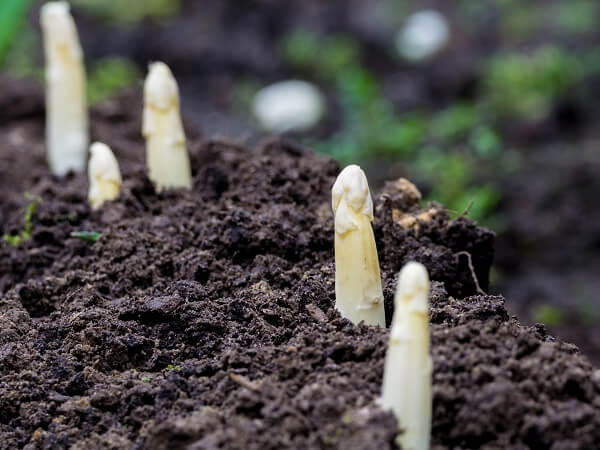


Asparagus does best in areas with lots of sunlight. In fact, it needs 7-8 hours of sun per day. So why is it on this list? Because it will also grow without any sunlight at all, becoming white asparagus.
It’s white because, without sunlight, it can’t produce chlorophyll. It’s still very nutritious, though, and has a milder taste. To get white asparagus, you’ll need to block all light from the spears. Here’s how.
2. Beans
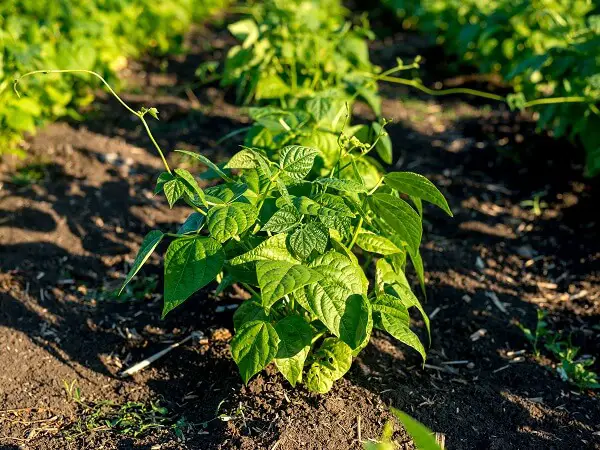


Most varieties of beans require five hours of sun each day, which means they’re not quite as shade-tolerant as most of the plants on this list, but they’re still a good option to consider if you have an area that gets five or so hours of sunlight.
Just make sure to plant bush beans as opposed to pole beans, as pole beans will require more sunlight in order to grow well.
3. Beets
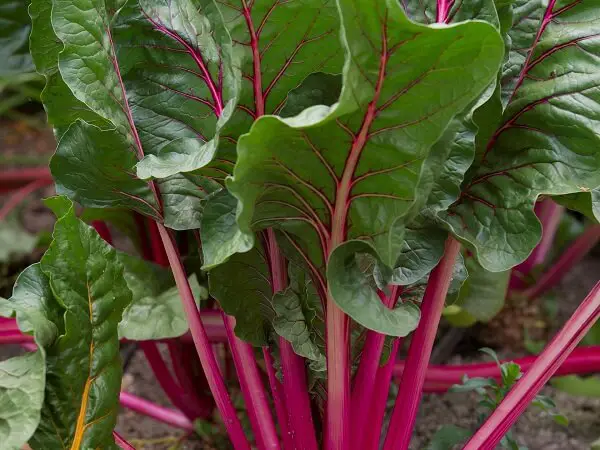


If you are planting beets in order to harvest the roots, you’ll probably want to plant them in the sunlight. However, if you are more interested in the greens that the beets produce, then it’s fine to plant them in the shade.
Beets planted in the shade will produce smaller roots, but their greens will grow nice and healthy. Plus, even though the roots will be smaller, they’ll still be big enough to harvest and enjoy.
4. Broccoli
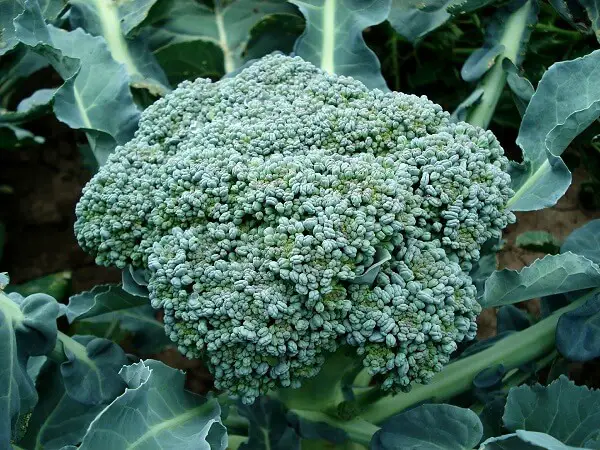


Broccoli is one of the rare plants that don’t like direct sunlight. Though broccoli is a cool-weather crop, planting it in the shade can allow you to grow broccoli through the summertime as well, as long as the temperature doesn’t soar too high.
Nevertheless, broccoli is not quite as hardy as some plants and will require a certain amount of care to ensure the plant produces large, healthy-looking heads.
5. Brussels Sprouts
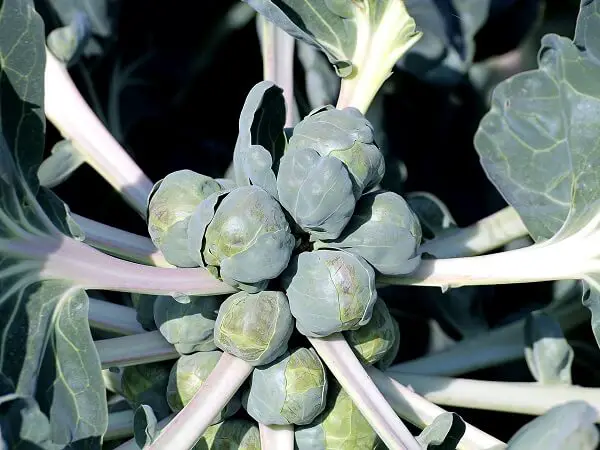


Most cool-weather plants grow just fine in shady areas, and brussels sprouts are no exception. They do take up a fair amount of space since the stems of the plant can grow to be 2-3 feet long, so that’s something you will want to prepare for.
However, once your brussels sprouts are ready to harvest, those stems will be covered with small, cabbage-like heads, so the reward is well worth the space they take up.
6. Cabbage
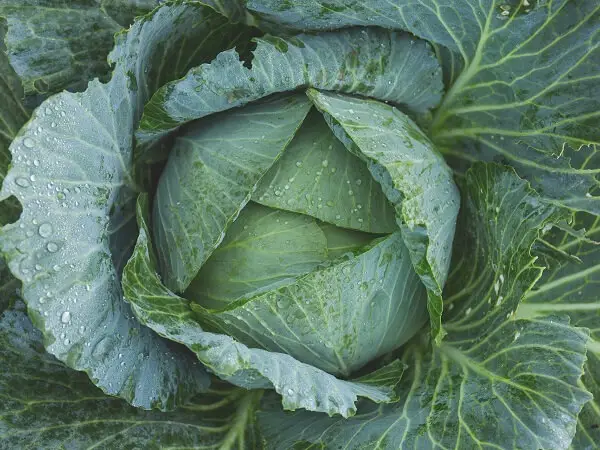


Most broad-leafed plants do well in direct sunlight. Cabbage, however, prefers slightly shady areas, and too much sunlight will dry it out – leading to smaller heads.
Nevertheless, you will want to make sure your cabbage plants get at least a few hours of sunlight each day or else the plants will grow loose heads, if they manage to grow heads at all.
7. Carrots
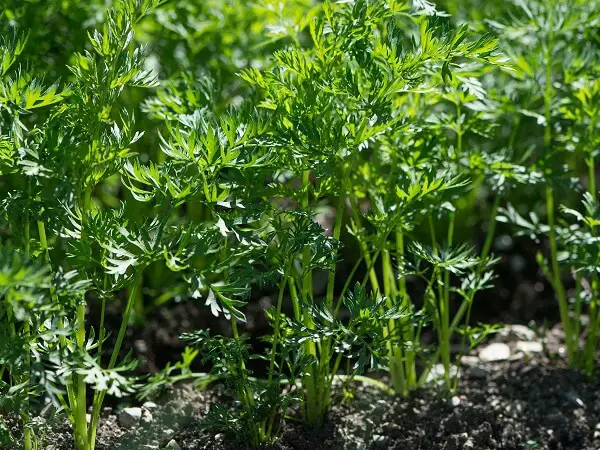


Like many plants, carrots adjust their growth based on how much sunlight they receive. When carrots are planted in direct sunlight, they tend to grow more foliage than roots.
In shady areas, carrots grow down, meaning that planting your carrots in the shade can actually lead to carrots that are larger when it comes time to harvest them.
8. Cauliflower
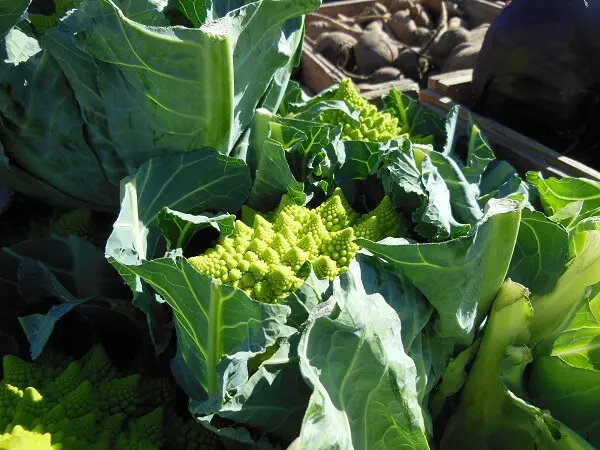


Cauliflower will grow in sunny areas and shady areas. However, you should know that the less sunlight your cauliflower plants get, the smaller the heads they will produce. But if you don’t mind the slightly smaller heads, you can certainly grow cauliflower in a shaded area.
9. Celery
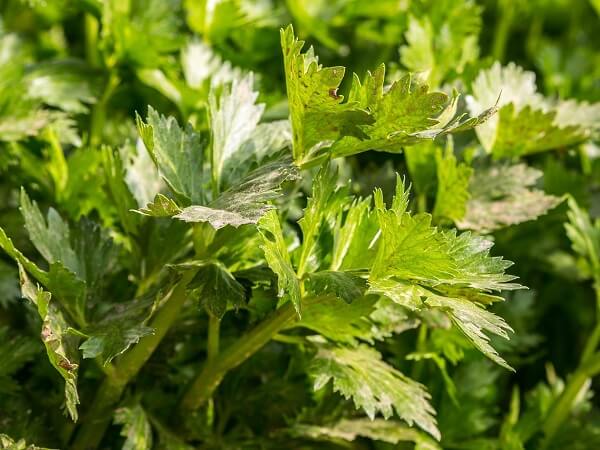


Who else loves ants on a log? Well, you can’t have that delicious snack without celery, which is just one of many reasons to grow it.
The downside is that celery is a bit difficult to grow. It takes four to five months and needs lot of water and fertilizer. Fortunately, it doesn’t need full sun. Just four hours a day of sunlight should be enough.
10. Collard Greens
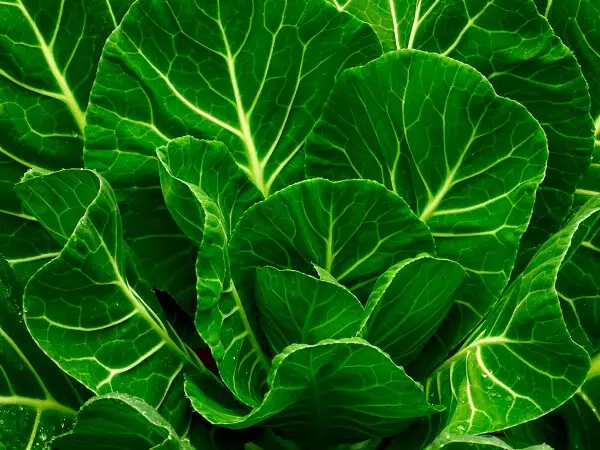


Collard greens are another leafy green that, like kale, prefer cool soil and some shade. However, it’s recommended that you plant your collard greens in an area that gets at least 4-5 hours of sunlight each day.
Collard greens will grow in areas with less sunlight than this, however, the leaves they produce won’t be quite as flavorful. Still, if you plant your collard greens in an area that is in the sunlight during the midday, then you can look forward to a bountiful harvest.
11. Cress
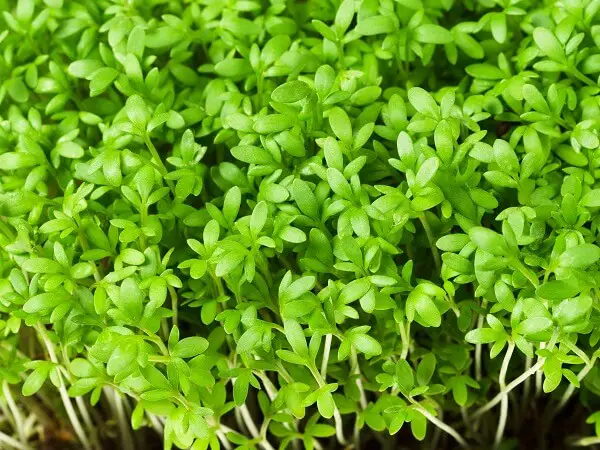


Cress may not be the most commonly-found plant in vegetable gardens, but it does make for a great addition to many salads and sandwiches.
Most importantly, though, cress grows better in the shade than most every other plant and actually prefers an area that is completely shaded.
12. Endive
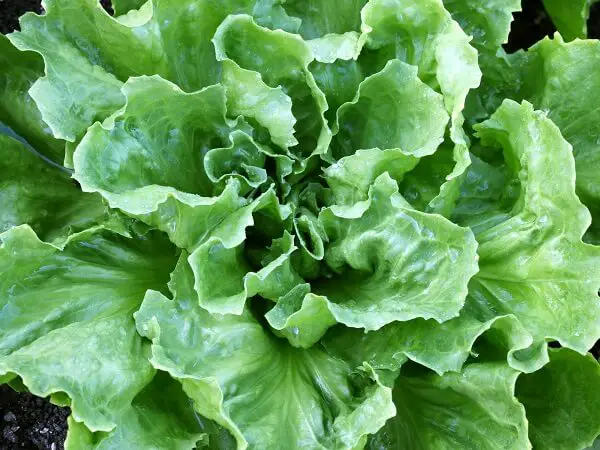


Endive is the most shade-loving of all the leafy vegetables, and if you are only interested in harvesting the leafy greens of the plant, then it is relatively easy to grow.
Harvesting the roots, however, requires a more complex growing process that involves first harvesting the leaves then digging up the root and replanting it for a period of time in a cold, dark area similar to a mushroom growing facility. Either way, your endive plants will grow just fine when planted in shady areas.
13. Kale
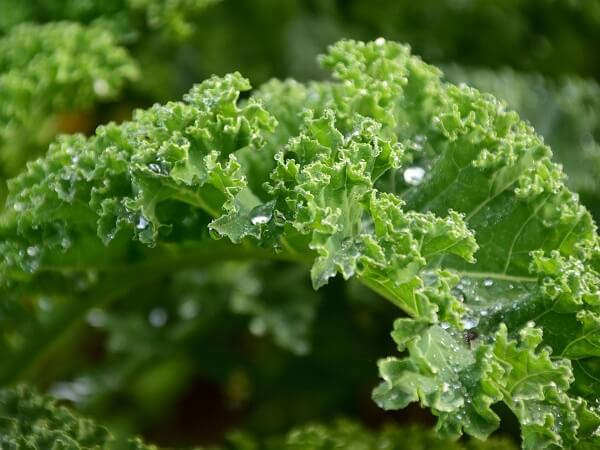


Kale is a leafy green that prefers growing in cool soil without a lot of direct sunlight, making it ideal for planting in shady areas.
As another bonus, kale can tolerate cool temperatures quite well and can even survive through some light frosts, meaning you can plant kale even if you are not certain if the last frost of the year has passed.
14. Leeks
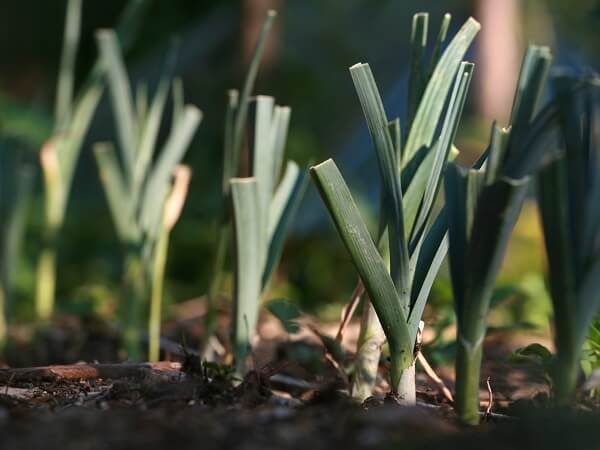


Also known as green onions, leeks are another root vegetable that grows well in shady areas. Unlike regular onions, leeks grow better in areas that are very cool and moist, so this is also something you need to keep in mind.
With the right amount of water and cool enough temperatures, though, leeks will do well in partial shade.
15. Lettuce
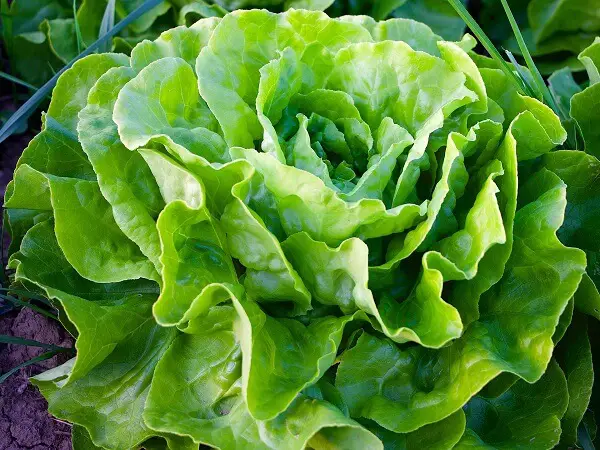


Lettuce is another cool weather plant that does not need much direct sunlight. In fact, gardeners who do plant their lettuce in direct sunlight often have to cover the plants with shade cloth in order to keep the sun from scorching the plant’s sensitive leaves.
So long as the area where you plant your lettuce gets at least a little sunlight each day, the plant should grow nicely.
16. Peas
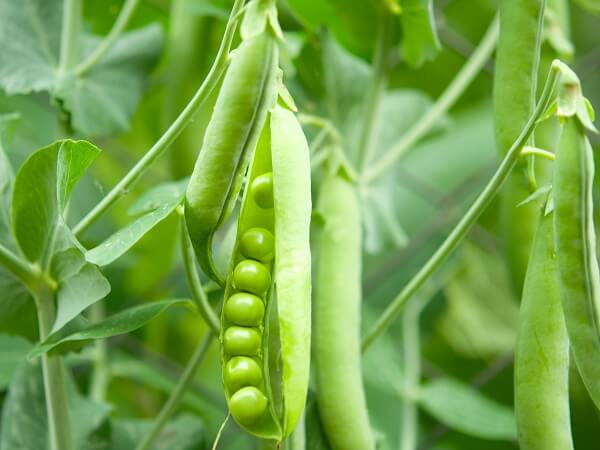


Like beans, peas require about five hours of sunlight each day but will still grow fine in areas that are fully shaded during the morning and afternoon hours.
Peas are also one of the first plants that you need to plant when the gardening season begins and can be planted even if you are expecting more snows to follow as winter transitions into spring.
17. Radishes
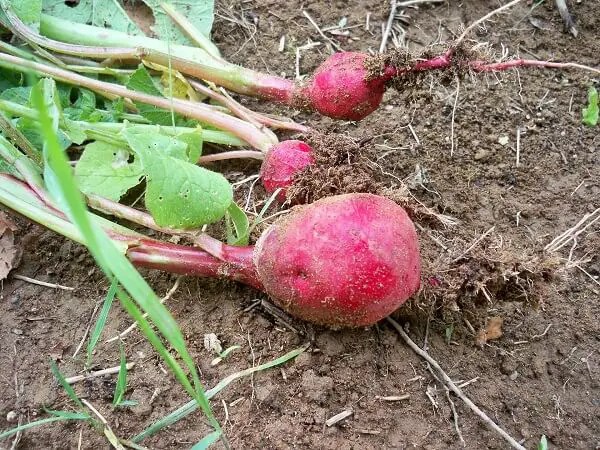


Like beets, radishes can be grown in the shade with the caveat that they will produce roots that are slightly smaller.
If the smaller roots are not an issue for you, or if you are more interested in harvesting the radish greens then planting them in the shade will work just fine. Best of all, radishes are swift-growing and easy to care for.
18. Spinach
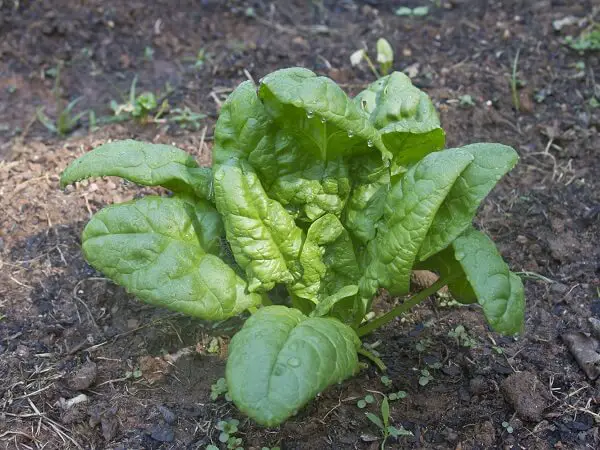


Spinach is a highly nutritious and relatively easy-to-grow plant that will do nicely in shady areas.
So long as your spinach plants get about three hours of sunlight each day, limited access to direct sunlight shouldn’t be a problem. The same holds true for most every other type of leafy green.
19. Swiss Chard
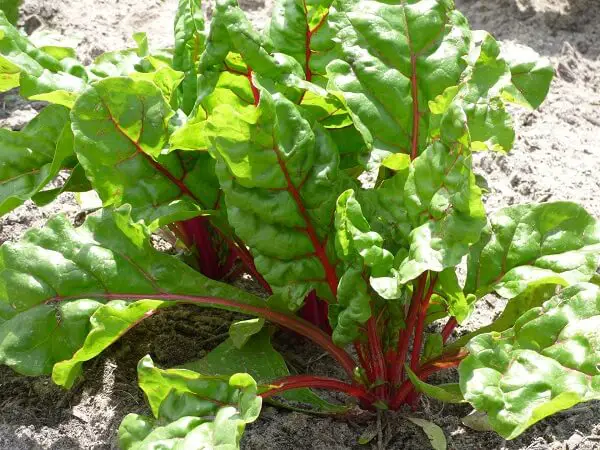


Swiss chard is a leafy green with bright red stems that looks as good as it tastes. It’s also a hardy plant that is easy to grow and does well in both full sun and partial shade.
Swiss chard does prefer cooler temperatures, though, so it’s recommended that you plant Swiss chard about three weeks before the last frost of spring or in late summer for a fall garden.
20. Turnips
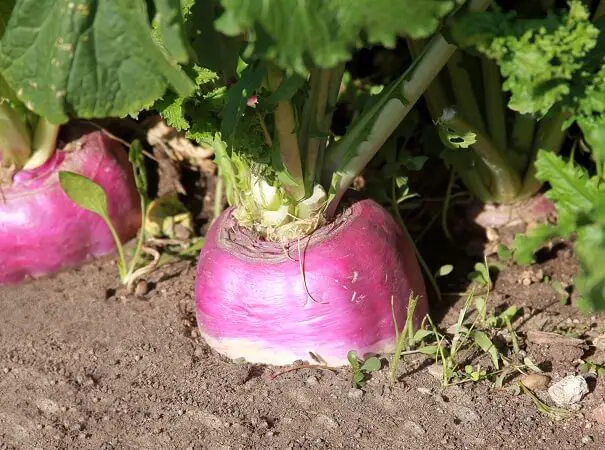


Like most root vegetables, turnips do well when planted in the shade. Planting your turnips in partial shade will encourage the growth of larger roots.
You won’t get as much greens out of your plants, so that’s something to consider if you are planting turnips in order to harvest turnip greens. If you are more concerned with large, juicy turnips, though, planting them in the shade will be ideal.
Want to prep but not sure where to begin? Sign Up for Our Newsletter and get your FREE One Year Urban Survival Plan!
 This article first appeared on urbansurvivalsite.com See it here
This article first appeared on urbansurvivalsite.com See it here
Original Post Here: 20 Vegetables that Grow Well in Shady Areas

No comments:
Post a Comment